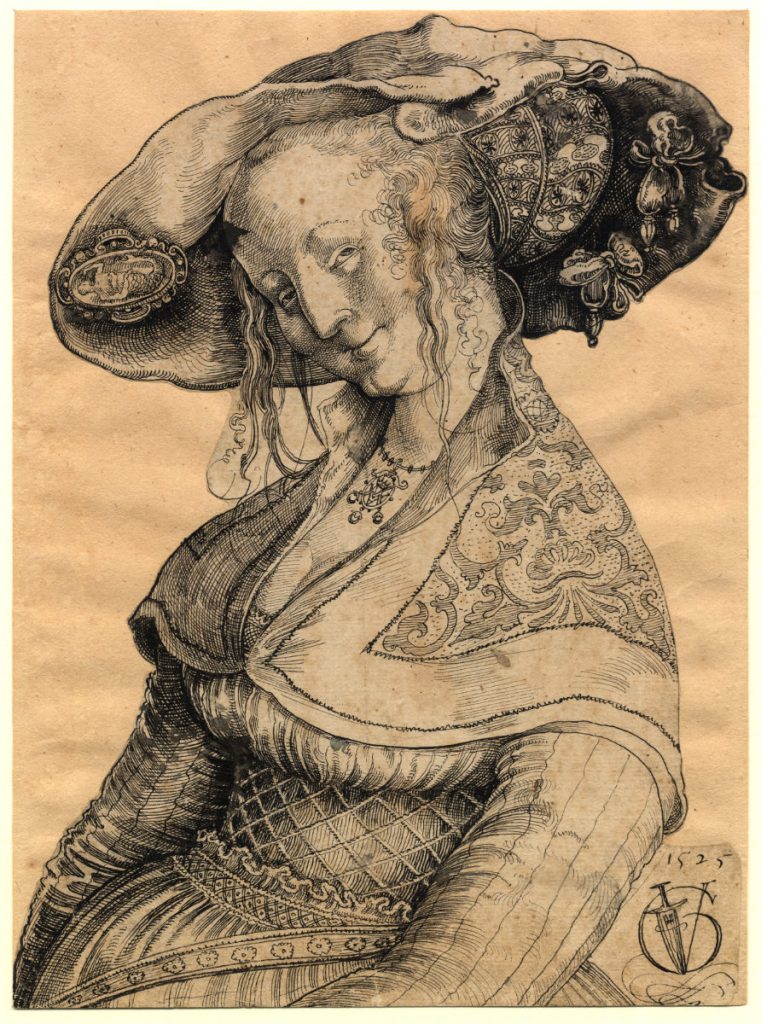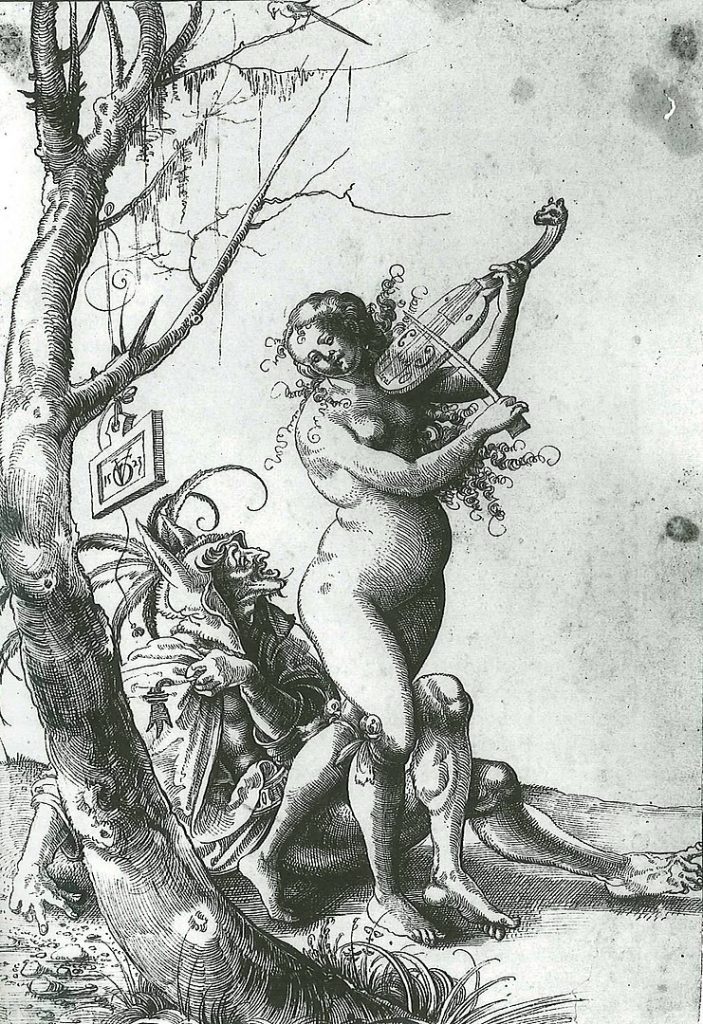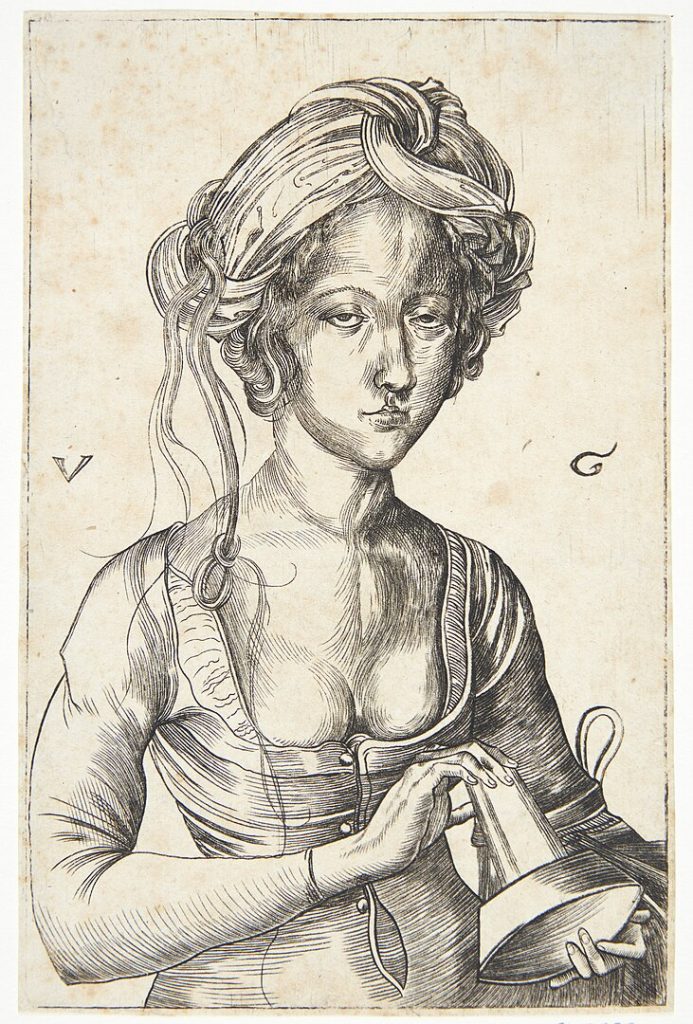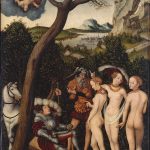
Urs Graf (c. 1485–1529) was a Swiss Renaissance artist and one of the most notable engravers of his time. Born in Solothurn, Switzerland, Graf gained recognition for his skillful and detailed woodcuts and copper engravings. His works primarily focused on a wide range of subjects, including religious scenes, landscapes, genre scenes, and portraits.
- Artistic Training and Early Career: Urs Graf likely received training as a goldsmith before turning to art. He started his career as an engraver in Basel, Switzerland, around the early 16th century.
- Subject Matter and Style: Graf’s engravings often depicted scenes from everyday life, such as peasants, soldiers, and various aspects of urban and rural existence. His works captured the details of clothing, facial expressions, and the human form with remarkable precision. Graf’s style is characterized by intricate lines and a keen observation of the world around him.
- Military Service and Themes of Warfare: Graf was not only an artist but also a soldier. He served in various military campaigns, and this experience influenced many of his works. Scenes of warfare, soldiers in action, and military life were recurring themes in his engravings.
- Travel and Influences: Graf traveled extensively throughout his life, visiting different Swiss cities and regions, as well as parts of Germany. This exposure to diverse cultures and artistic influences is evident in the range of subjects he depicted in his engravings.

- Controversies: Urs Graf was known for his quarrelsome nature and often found himself involved in legal troubles. His tumultuous personal life and clashes with authorities sometimes overshadowed his artistic achievements. Nevertheless, his engravings continue to be recognized for their artistic and historical significance.
- Printmaking Technique: Graf excelled in the art of printmaking, using both woodcuts and copperplate engraving. His meticulous approach to line work and his ability to convey texture and detail set him apart as a master engraver.
- Legacy: Despite his relatively short life, Urs Graf’s legacy lives on through the body of work he left behind. His engravings provide valuable insights into the social, cultural, and military aspects of Swiss life during the Renaissance. Graf’s contributions to the art of printmaking have earned him a lasting place in art history.

Urs Graf passed away around 1529, leaving behind a significant and influential body of work that continues to be studied and appreciated by art historians and printmaking enthusiasts.




